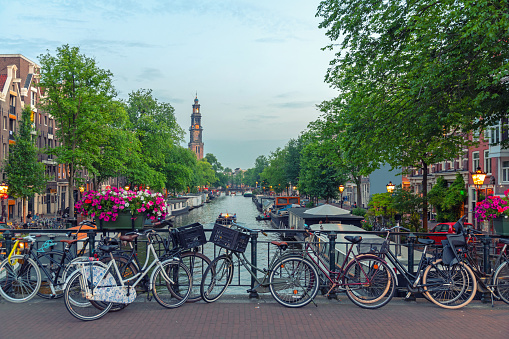There are more bicycles than residents in the Netherlands.
It’s “one of the few countries that takes cycling seriously as a mode of transportation,” according to a researcher at the Urban Cycling Institute at the University of Amsterdam. Cycling plays an essential role in everyday life, especially Copenhagen often called the “City of cyclists.”
The Dutch began to diverge away from the typical cars and invest in cycling infrastructure, after a major oil crisis in the Middle East in 1973. Cycling also helped to minimize the escalating number of vehicle deaths on their congested roads.
RELATED: What It Means To Be Black In Amsterdam
To combat with their current inventory of 23 million bicycles, the Netherlands is paying residents and locals to travel by bicycle.
The Dutch government recently invested $390 million (€345 million) dollars in cycle infrastructure to get more people to commute by bicycle, including new bike parking spaces, storage facilities, and new smooth-surfaced cycling routes. Cyclists currently receive tax credits of $0.22 (€0.19) per kilometer, a benefit not supported by employers, according to the Ministry of Infrastructure and Water Management.
The project is lead by the organization’s state secretary Stientje van Veldhoven, who says that 50% of the people in the Netherlands travel less than ten miles to work, which could be “easily covered by a bike.”
